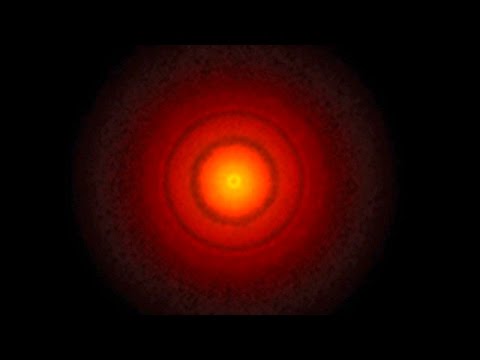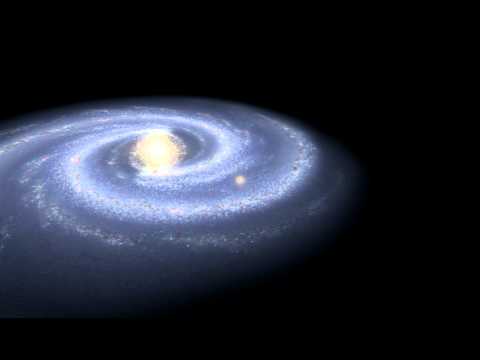Dark Matter: The Missing Piece in the Puzzle of the Cosmos
Dark matter is one of the most mysterious and elusive substances in the universe. It is an invisible form of matter that does not emit, absorb, or reflect light, making it extremely difficult to detect. Despite its elusive nature, dark matter is believed to make up approximately 85% of the total mass of the universe, yet its exact properties and composition remain unknown.
The concept of dark matter first emerged in the 1930s, when astronomer Fritz Zwicky observed that the gravitational forces in galaxy clusters were much stronger than could be accounted for by the visible matter present. He hypothesized that there must be an additional, unseen form of matter that was exerting gravitational influence on the galaxies. Since then, numerous observations and experiments have provided further evidence for the existence of dark matter, yet its fundamental nature remains a mystery.
One of the key pieces of evidence for dark matter comes from the study of the rotation curves of galaxies. When astronomers observe the speed at which stars and gas clouds orbit around the center of a galaxy, they find that the rotation curves do not match the expected behavior based on the visible mass alone. Instead, the rotation curves suggest that there must be a significant amount of unseen mass present in the galaxy, holding everything together through its gravitational pull. This unseen mass is believed to be dark matter.
In addition to its gravitational effects on galaxies, dark matter has also been detected through its influence on the large-scale structure of the universe. Observations of the cosmic microwave background radiation, the afterglow of the Big Bang, have revealed subtle fluctuations that are consistent with the presence of dark matter. These fluctuations have helped scientists map out the distribution of dark matter in the universe and provide further evidence for its existence.
Despite the mounting evidence for dark matter, its exact composition and properties remain unknown. Scientists have proposed various theories to explain dark matter, including the existence of exotic particles such as WIMPs (Weakly Interacting Massive Particles) or axions. These particles are thought to interact with ordinary matter only through gravity, making them extremely difficult to detect directly.
Efforts to detect dark matter directly have so far been unsuccessful, leading researchers to explore alternative methods for studying this mysterious substance. One promising approach involves using particle accelerators to create and study dark matter particles in controlled laboratory settings. By simulating the conditions of the early universe, scientists hope to gain a better understanding of the fundamental properties of dark matter and potentially unlock the secrets of its nature.
Dark matter remains one of the greatest mysteries in modern astrophysics, holding the key to understanding the structure and evolution of the universe. By unraveling the mysteries of dark matter, scientists hope to gain new insights into the fundamental forces and particles that govern our cosmos, and ultimately complete the puzzle of the cosmos.













